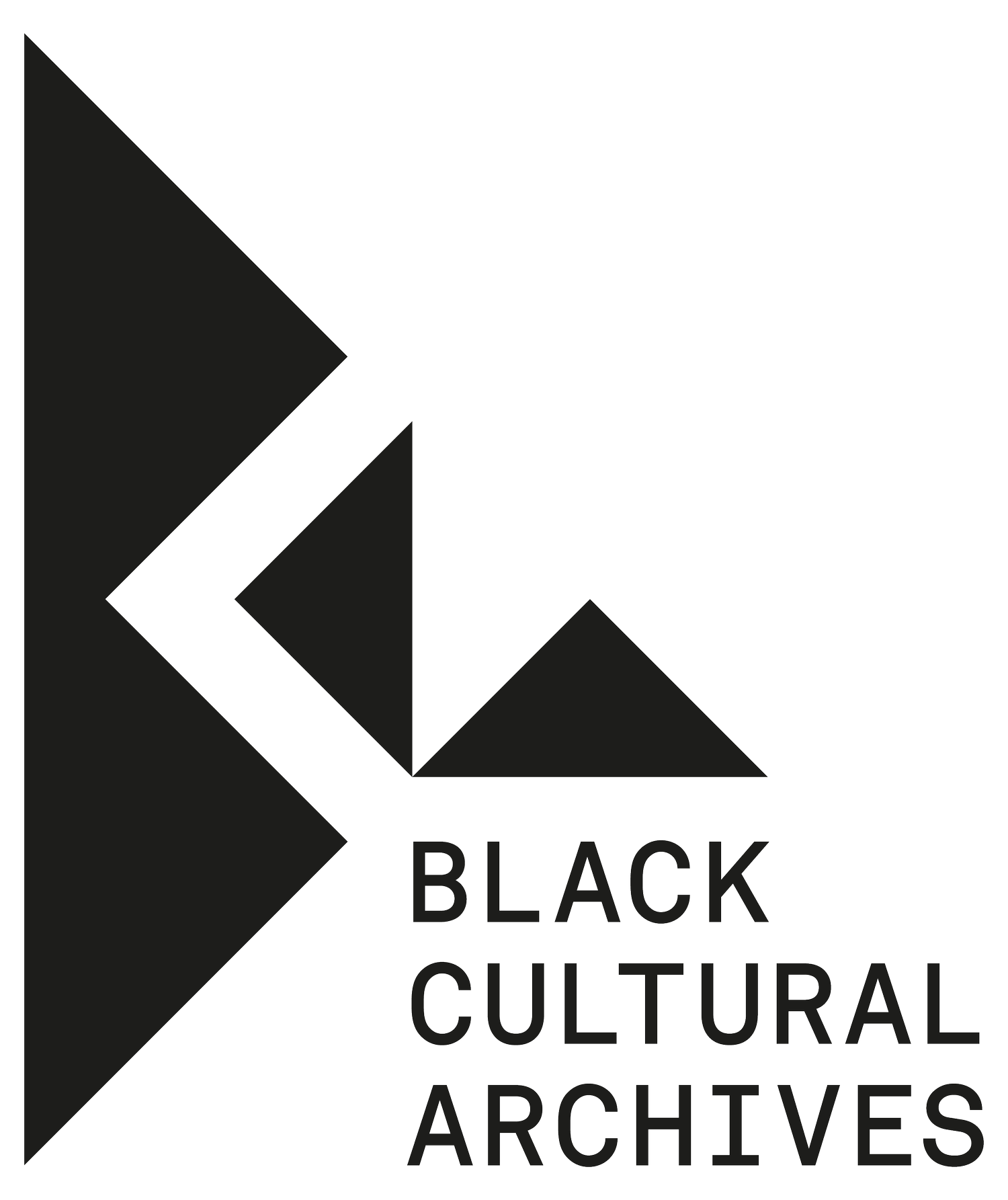Hove: Protection & Mutual Support
Financial security is a human right. Legal & General works to close the protection gap through accessible insurance and inclusive products.
“Money shapes your life’s journey – financial education is the fuel.” – Tynah Matembe
We honour their stories not just for what they protect, but for the hope and generational resilience they build.
For centuries, insurance has been about risk, security, and dignity. On Britain’s south coast, communities in towns like Hove and Brighton built forms of protection long before they were recognised by the mainstream. Black seafarers and migrants in the 19th century formed burial clubs and friendly societies, pooling scarce resources to cover funerals and hardships when formal insurers excluded them. Caribbean families arriving after 1948 continued the practice with pardner scheme, rotating savings groups that safeguarded livelihoods and created opportunities to buy homes, send children to school, or start small businesses.
These grassroots models directly influenced the rise of Britain’s credit union movement. The first modern credit union was registered in 1964, inspired by Caribbean financial traditions that also spread through coastal towns like Hove. By the late 20th century, Black-friendly societies and credit unions had expanded into wider community finance, supporting housing, small business, and social mobility.
Today, Black leaders are breaking barriers in mainstream insurance. Oliver and Alexander Kent-Braham, founders of London-based Marshmallow, built a digital insurer valued at over £1 billion in 2021, a striking reversal of centuries of exclusion. And as the industry adapts to digital threats, Black professionals are now contributing expertise in cyber-insurance, fintech, and risk modelling.
The story of Hove and Britain’s Black communities in insurance is one of innovation and necessity: from burial clubs born of exclusion, to digital insurers and community finance that now help safeguard families and futures. It is a reminder that protection is more than a product, it is about belonging, solidarity, and resilience.
1700s – Black and migrant seafarers rely on informal mutual-aid and benefit clubs in coastal towns — early community “insurance.”
1800s – Friendly societies proliferate, offering sickness and funeral benefits when commercial cover is out of reach.
Early 1900s – Burial societies and lodges support Black and migrant families, guaranteeing dignity in death where markets exclude them.
1948-1960s – Windrush arrivals sustain Caribbean pardner (ROSCAs) to finance housing, emergencies and small business.
1950s-60s – Church- and lodge-based benevolent funds and rotating savings groups grow with Caribbean settlement (documented UK patterns influencing local practice).
1964 – Britain’s modern credit-union era begins, catalysing community finance models later used across Sussex and Hove.
2000 – East Brighton Credit Union registered (the local credit union that will become today’s Wave Community Bank).
2004-2007 – Renamed Brighton & Hove Credit Union (2004); then City of Brighton & Hove CU (2006); becomes East Sussex Credit Union (2007) to open membership across the county and unite members.
2008-2020 – The credit union expands ethical savings/loans for residents; FCA permissions broaden reach across East Sussex.
2021-2023 – Rebrands as Wave Community Bank; now 9,000+ members, £5.1m+ in assets, 13 employer payroll partners (“Chorus”). Local council approves a loan extension to support growth.
2017-2020s – Black-founded insurtech Marshmallow challenges bias in underwriting, signalling a fairer data-driven future that influences coastal communities, too.
Today – Credit unions and co-ops in Sussex (incl. Wave Community Bank) carry forward Black mutual-aid legacies; cyber-risk and fintech inclusion reshape modern protection for households and SMEs.

